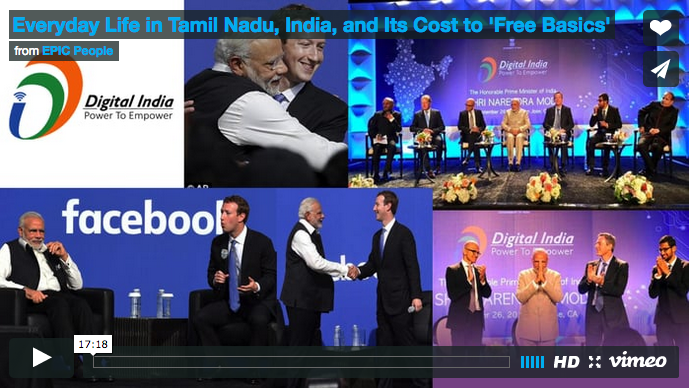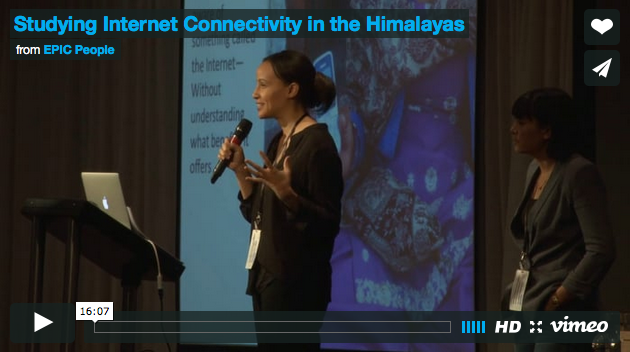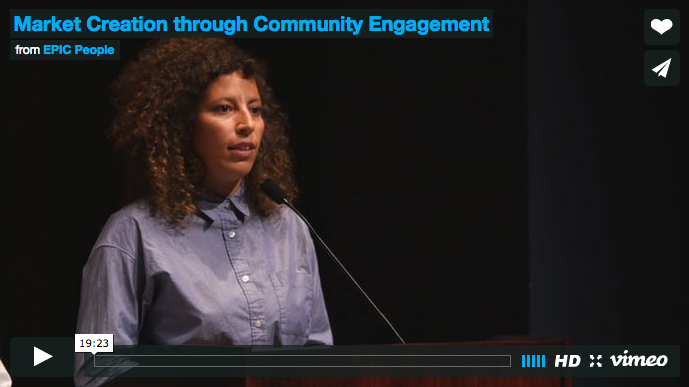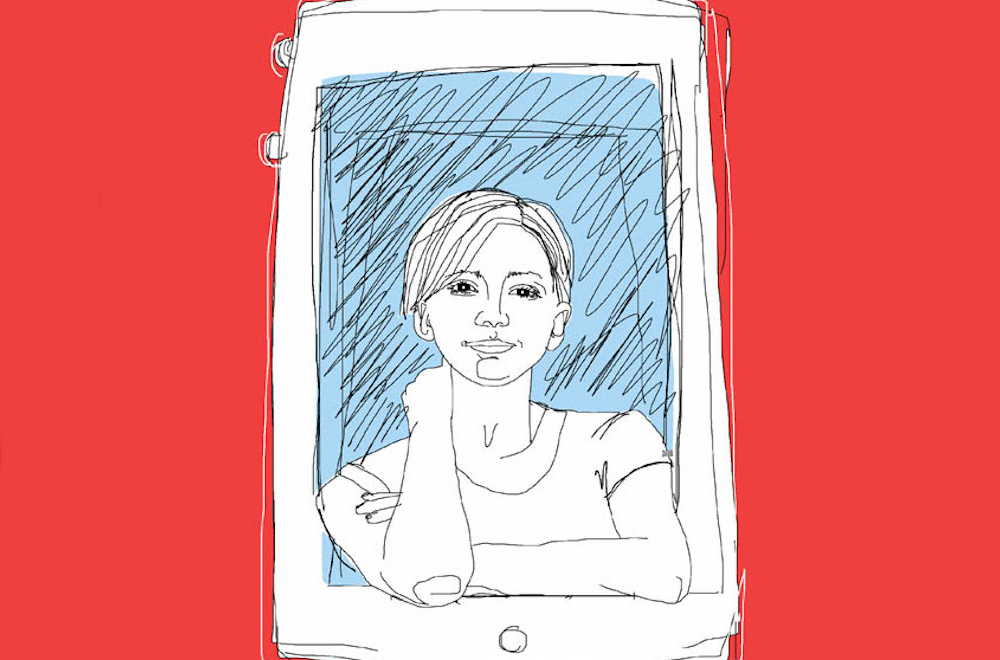This case study by a pan-African UX research and design agency offers key insights for companies attempting to...


This case study by a pan-African UX research and design agency offers key insights for companies attempting to...

This paper examines LLM deployment through African lenses that engage the continent’s complex social,...

As generative AI technology begins to touch more aspects of our work and...

This paper describes the results of a multi-year ethnographic study of how knowledge workers integrate new technology into their work practices. We studied mobile and remote workers who use smartphones, tablets, cloud computing, and social networking to support their work. Study findings describe...

This paper explores how the ‘Free Basics’ initiative in India got transformed into a national debate on ‘net neutrality’ principle and finally led to it being banned in India. Further, this paper will also use ethnographic data to analyse how this ‘controversial’ initiative was debated, the claims...

Case Study—Based on experience of working in the Department of School Education, Government of Haryana on a Management Information System being built to reduce administrative workload on teachers and bureaucrats, this case study describes how ethnography was used to understand and address the...

Understanding Internet connectivity in remote regions presents a host of logistical and methodological challenges. As researchers and business professionals, we cannot just assume that these places are simply Unconnected. We must understand the challenges people face in connecting, in what ways...

Emerging technologies such as drones, sensors, mesh networks and IoT have significant potential to bring new life-changing services and benefits to places where infrastructure and ICT access is still limited. Nevertheless, many companies have already failed in the attempt to bring new solutions to...

Margaret Morris interviewed by Anna Zavyalova Public debate has rightly focused on the perils and toxicity of new technologies, and questioned the motivations of the companies building them. Meanwhile though, people are creatively adapting technology to their own social and psychological needs....

This paper will examine the social factors that mediate technology adoption among the emerging middle class in order to show how messaging, positioning, and targeting communications to potential consumers, if based on flawed representations, such as the First Time Buyer, can lead to missed market...